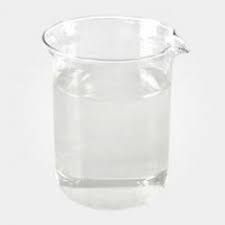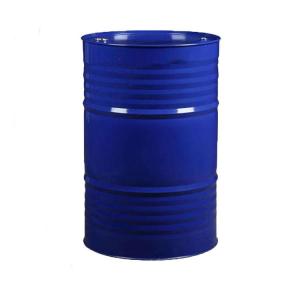Phenol
1. Physical and chemical properties: phenol (PH) is a colorless needle crystal with special smell, toxic, which can absorb water in the air and liquefy. It has a special odor, and the extremely dilute solution has a sweet taste. Extremely corrosive. It can be miscible in ether, chloroform, glycerol, carbon disulfide, Vaseline, volatile oil and strong alkali aqueous solution.
2. The upstream products are cumene (Cu), and the downstream products are mainly used for chemical products and intermediates such as bisphenol A (BPA) and phenolic resin, caprolactam, salicylic acid, picric acid, pentachlorophenol, 2,4-D, adipic acid, phenolphthalein n-acetylethoxyaniline, etc.
3. The main downstream products are bisphenol A (BPA) and phenolic resin. The main application fields are chemical raw materials, alkyl phenols, synthetic fibers, plastics, synthetic rubber, medicine, pesticides, spices, dyes, coatings and oil refining. It can also be used as solvents, experimental reagents and disinfectants. The aqueous solution of phenol can separate protein DNA on chromosomes in plant cells and facilitate DNA staining.
Phenol, liquid appears as a colorless liquid when pure, otherwise pink or red. Combustible. Flash point 175°F. Must be heated before ignition may occur easily. Vapors are heavier than air. Corrosive to skin but because of anesthetic qualities will numb rather than burn. Upon contact skin may turn white. May be lethal by skin absorption. Does not react with water. Stable in normal transportation. Reactive with various chemicals and may be corrosive to lead, aluminum and its alloys, certain plastics, and rubber. Freezing point about 105°F. Density 8.9 lb / gal. Used to make plastics, adhesives and other chemicals.





















